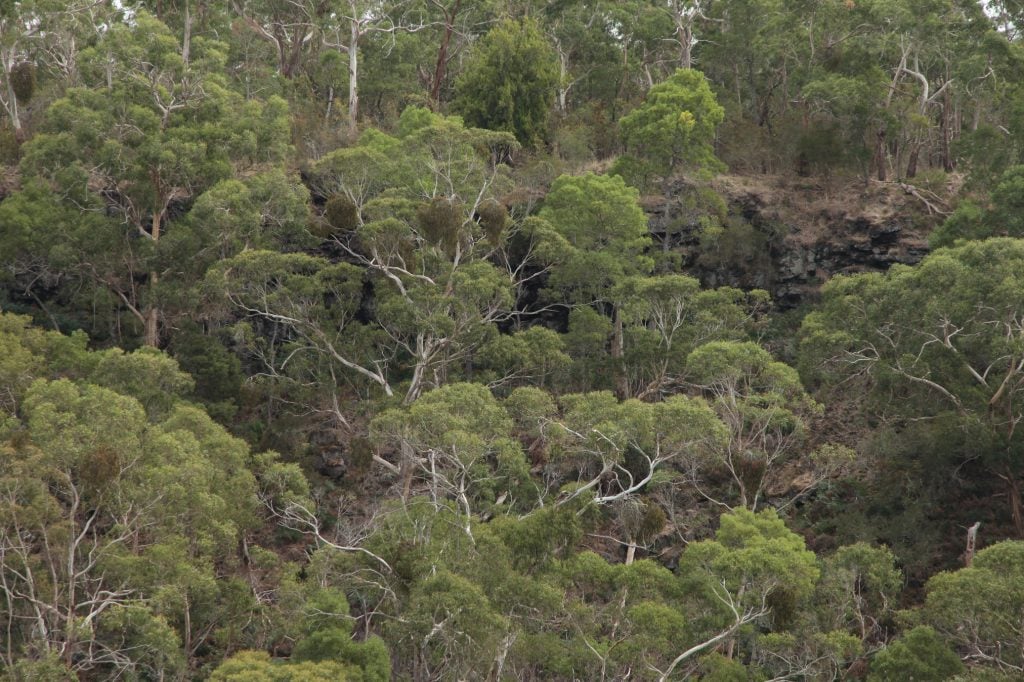Last Thursday, the Federal Auditor-General handed down a damning report into the Referrals, Assessments and Approvals of Controlled Actions under the EPBC Act 1999. Here’s a summary of what was found:
- The Department of Agriculture, Water and the Environment’s (the department’s) administration of referrals, assessments, and approvals of controlled actions under the EPBC Act is not effective.
- The department’s regulatory approach is not proportionate to environmental risk.
- The administration of referrals and assessments is not effective or efficient.
- Conditions of approval are not assessed with rigour, are non-compliant with procedural guidance, and contain clerical or administrative errors.
- The department is not well-positioned to measure its contribution to the objectives of the EPBC Act.
Former senior public servant, Peter Burnett, Associate Professor at the ANU, was responsible for the management and reform of the EPBC Act, 2007-2012, and is scathing of the Federal Government’s handling of the Environment Protection Biodiversity Conservation Act. See here in The Conservation
While the government is focused on efficiency, the lack of effectiveness worries me most – especially findings concerning so-called “environmental offsets”. These are measures designed to compensate for unavoidable losses, such as creating a nature reserve near a site to be cleared.
In the early years of the law, offsets were rare. By 2015 they featured in almost 90% of decisions, dropping to about 75% last year. In effect, we now rely on offsets to protect the environment.
We now await the draft report of the 10-year review of the EPBC by Professor Graeme Samuel – expected in June but not yet released.
The Morrison Government wants to hammer yet another nail in the coffin of the EPBC with his latest insistence on fast-tracking development approvals and ‘tackling green tape’.
This 20 year-old landmark legislation gave the Federal Government powers over matters of national environmental significance that it clearly doesn’t now want.
The Environment Protection Biodiversity Conservation Act was brought in by the Howard Government and substantially strengthened with 569 amendments put up by the Democrats and agreed to by the Government but has been whittled away ever since, with the Federal Government relinquishing powers to the states and cutting spending on biodiversity.
The Prime Minister is clearly using ‘economic rebuilding’ as a cover for open slather on the environment, despite the enormous damage inflicted on the natural environment by summer’s bushfires and the threat of more to come.
His announcement pre-empts the current review of the EPBC headed by Graeme Samuel, not that we can expect it to defend the environment, stacked as it is with agricultural and mining interests. It’s also devoid of ecologists and scientists who might have advised on the current crises in species extinctions. The review is due to report this month.
In November 2019, more than 240 conservation scientists called on the government to strengthen the EPBC saying 7.7 million hectares of threatened species habitat has been destroyed since 2000:
A review of our national environment laws is imminent. Your government has a once-in-a-decade opportunity to demonstrate national leadership and fix our laws in order to protect and restore nature across Australia. We urge you to embrace this opportunity, strengthen our laws, invest in nature and build a great legacy by ending our extinction crisis.
The facts are:
- Less than 40% of nationally listed threatened species had recovery plans in place
- The vast majority of projects are approved or approved with conditions. The Guardian.
- By 2017 spending on Environment department programs has been cut by nearly 40% since the Coalition was elected in 2013 meaning there has been inadequate oversight and poor management of recovery plans that do exist and compliance with conditions set. These cuts are no doubt also affecting the time assessments take.
The 2016 Australian State of the Environment Report found:
- The key pressures of habitat clearing and fragmentation, invasive species and climate change remain high on the list of pressures (identified by jurisdictions) that threaten listed species and ecological communities, and biodiversity in general.
- Major contributors to the increase in the number of threatened species since 2011 have been an increased understanding of the status of threatened birds and mammals, and improvements in the efficiency of listing processes.
- Weakening of vegetation clearing legislation in Queensland since 2011 has resulted in a tripling of clearing rates in that state in 2013–14 compared with 2009–10.
- Interactions between pressures such as changed fire regimes, invasive species and changing land use have contributed to significant population declines in Australian mammals and birds, and, presumably, in other animal and plant groups.
- The majority of Australia’s invertebrates and fungi are yet to be described – many have small, restricted distributions and specific ecological requirements that make them sensitive to ecological change. Subterranean invertebrates are particularly threatened by mining activities. Better understanding of the number and variety of subterranean fauna species, and the ecosystems they reside in is an ongoing part of mining operations, as part of both environmental impact assessments and threat abatement actions.
The EPBC still has no trigger for climate change so cannot act on huge coal developments like Adani.

